10 Most Deadly National Parks in the USA (including 2024 data)
U.S. National Parks, known for their breathtaking landscapes like Yosemite’s Half Dome or the Window Arch in Arches National Park, draw millions of visitors worldwide each year. While these parks offer some of the most majestic views and unique natural experiences, they also pose risks.
Each year, numerous visitors tragically lose their lives in these parks. These deaths, while some are intentional, are mostly accidental, resulting from a range of causes including natural elements and car crashes.
To ensure our readers can enjoy these national treasures safely, we’ve compiled a list of the deadliest U.S. National Parks. This guide aims to provide crucial information for safer travel planning, helping you to navigate these beautiful but sometimes perilous landscapes with greater awareness and caution.
Ranking Methodology
To rank the 10 most deadly national parks in the USA, we used data published by Kühl, complemented with information from the National Park Services up to the year 2024. This comprehensive analysis was based on several key criteria, including the total number of deaths, average annual deaths, reported missing persons, overall visitor numbers, and the frequency of annual rescues within each park.
The time frame for this data collection spanned from 2007 to 2024. This post will focus on exploring the number of deaths in national parks recorded during this period, providing insight into the safety aspects of these popular destinations.
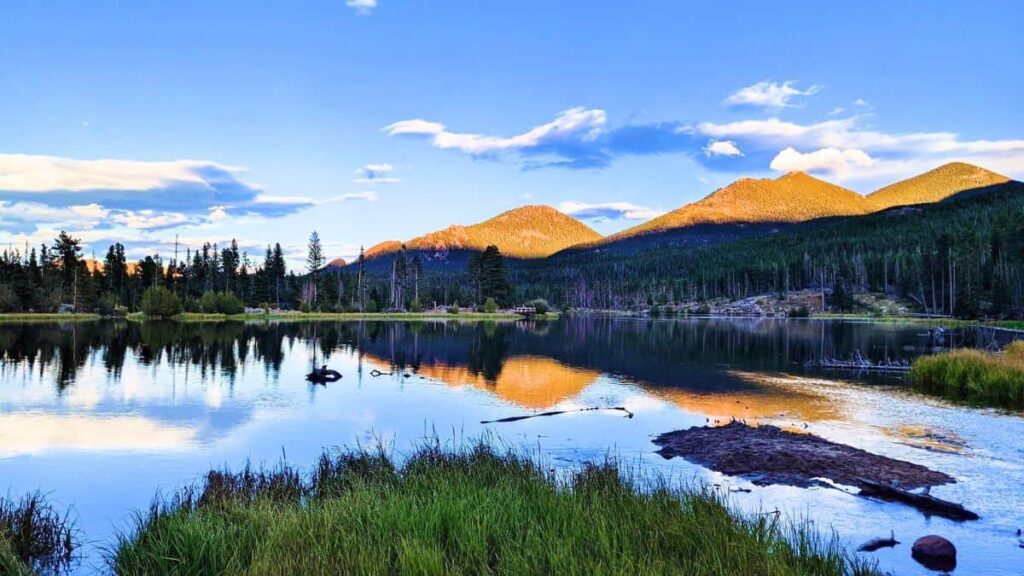
10. Rocky Mountain National Park, Colorado
Rocky Mountain National Park in Colorado, renowned for its majestic mountains and diverse ecosystems, has seen 53 deaths between 2007 and 2023. This figure reflects the various dangers present in the park, ranging from challenging terrain to unpredictable weather conditions.
In 2023, the park witnessed a series of fatal accidents, totaling four deaths. Among these was a heart-wrenching incident involving a Colorado woman who fell and died. This tragedy highlights the risks of hiking and climbing in mountainous areas, where even a small misstep can have dire consequences.
In July 2023, another fatal incident was reported in Rocky Mountain National Park. Details of this specific event were not provided, but it adds to the year’s tally of fatalities within the park. These incidents collectively underscore the need for vigilance and preparedness when exploring the park’s rugged landscape. They serve as a reminder that while the natural beauty of Rocky Mountain National Park is alluring, it is also accompanied by inherent risks that require respect and caution from all visitors.
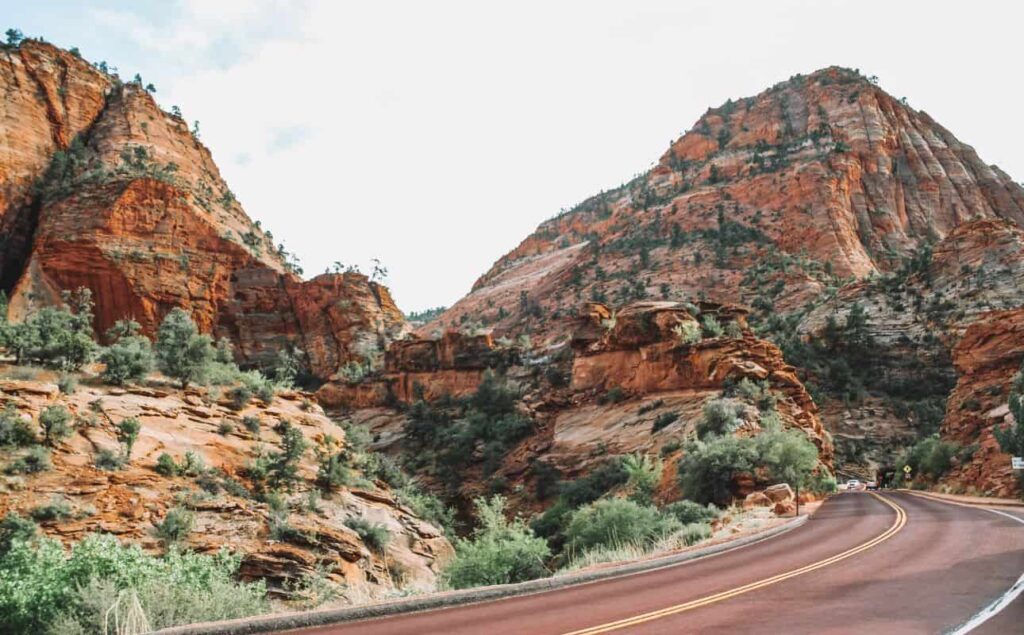
9. Zion National Park, Utah
Zion National Park in Utah, known for its breathtaking landscapes and challenging trails, has unfortunately been the site of 54 deaths between 2007 and 2023. This statistic highlights the inherent risks associated with outdoor activities in such rugged terrain.
A particularly perilous hike in Zion National Park is Angels Landing, which, as of December 2022, has been the site of 17 confirmed deaths. This hike is known for its steep cliffs and narrow pathways, presenting significant challenges even for experienced hikers. The high number of fatalities on this trail underscores the importance of caution and preparation when undertaking such demanding hikes.
In January 2024, a tragic incident occurred on the West Rim Trail, another strenuous path in Zion National Park. A 63-year-old man from San Diego, California, suffered a suspected heart attack and was found unresponsive. This unfortunate event was confirmed by the National Park Service and serves as a somber reminder of the physical demands of hiking in such environments, particularly for those with underlying health conditions.
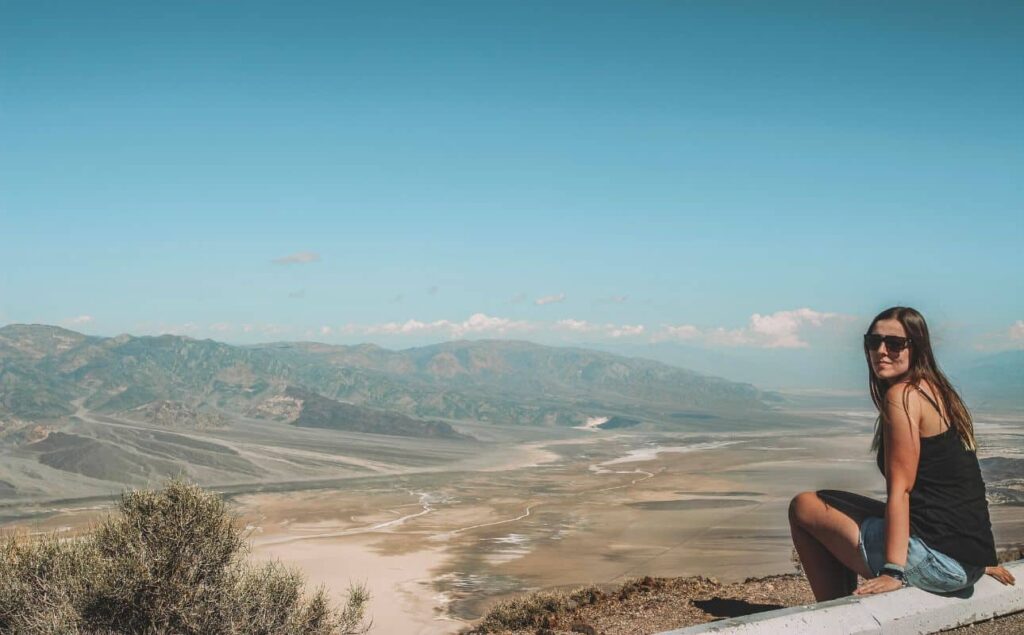
8. Death Valley National Park, California, Nevada
Death Valley National Park, straddling California and Nevada, is notorious for its extreme temperatures, which can surpass a scorching 122°F in the summer months. Between 2007 and 2023, the park has witnessed 56 deaths, many of which are attributed to the region’s deadly heat.
In 2023, the park reported two heat-related fatalities. In early July, a 65-year-old man was found dead in a parked car, a tragic reminder of the lethal nature of the park’s temperatures. Later that year, a second man, aged 71, died at a trailhead, again due to the excessive heat. These incidents underscore the critical importance of taking precautions against the heat, especially during the park’s hottest months.
Visitors to Death Valley National Park must be exceptionally cautious and prepare thoroughly. It is essential to bring ample water and food supplies, as dehydration and heatstroke are significant risks in such high temperatures. Additionally, visitors should plan their fuel stops carefully, as gas stations are sparse and often located only on the periphery of the park.
Running out of gas can lead to dangerous situations, especially in remote areas where help may be hours away. Proper planning and preparedness are key to safely enjoying the unique and harsh landscape of Death Valley National Park.

7. Grand Teton National Park, Wyoming
Grand Teton National Park in Wyoming, known for its stunning mountainous landscapes, has unfortunately been the site of 63 deaths between 2007 and 2023. The park’s rugged terrain poses significant challenges and dangers to its visitors.
In August 2023, a tragic incident occurred when a hiker fell off the west side of Teewinot, a peak in the Teton Range within Grand Teton National Park. This accident is a somber reminder of the risks associated with hiking in high-altitude, steep environments. The park’s official news release provides more details about this unfortunate event, emphasizing the need for safety and preparedness when tackling such difficult trails.
Additionally, in July 2023, a heartrending incident took place involving an Idaho man on the Owen-Spalding route in Grand Teton National Park. The man tragically fell 40-50 feet from the Owen Chimney pitch, resulting in his death. This incident highlights the extreme risks of mountain climbing, especially on technical routes where the danger of falls is ever-present. It serves as a crucial reminder for climbers to be well-prepared and cautious, understanding the terrain and their own limits.
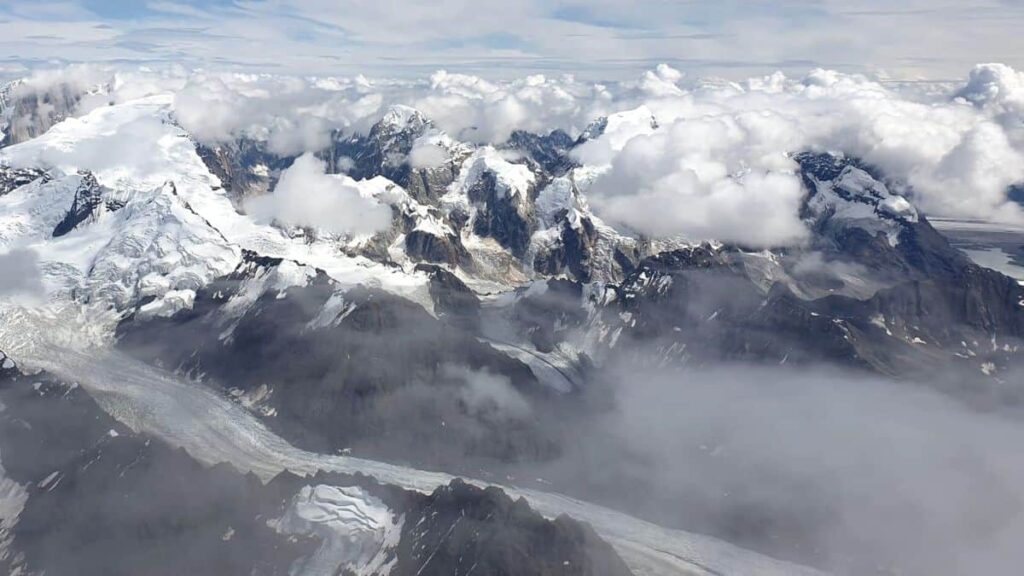
6. Denali National Park & Preserve, Alaska
Denali National Park & Preserve in Alaska, renowned for its stunning landscapes and challenging terrain, has also been a site of numerous fatalities. From 2007 to 2023, the park has recorded 64 deaths, a testament to the inherent risks associated with outdoor adventures in such a rugged and remote area.
The year 2023 brought some particularly distressing news from Denali National Park & Preserve. Two climbers, last heard from as they were preparing to scale a peak within the park, are presumed dead. This tragic event highlights the extreme dangers of mountaineering in such a harsh and unpredictable environment. Climbers often face not only the physical challenges of the ascent but also the unpredictable Alaskan weather, which can change rapidly and without warning.
Moreover, in May 2023, a tragic incident occurred involving a Denali National Park and Preserve employee. Eric Walter, aged 32, tragically lost his life in an avalanche while backcountry skiing. Walter was skiing alone on an unnamed slope south of Jenny Creek and east of Savage River when he triggered the avalanche. This heartbreaking event emphasizes the risks associated with winter sports such as skiing, especially in backcountry areas where the danger of avalanches is ever-present. It also serves as a reminder of the importance of safety precautions, such as skiing with partners and carrying avalanche safety equipment.

5. Yellowstone National Park, Wyoming, Montana, Idaho
Yellowstone National Park, spanning across the states of Wyoming, Montana, and Idaho, has witnessed a significant number of fatalities over the years. Between 2007 and 2023, there have been 67 deaths recorded in this iconic park. This figure reflects the inherent risks and dangers present in such a vast and wild environment.
In the year 2023, the park experienced a particularly notable tragedy. A woman lost her life in a rare but fatal encounter with a grizzly bear near Yellowstone National Park. This incident underscores the unpredictable nature of wildlife within the park and serves as a stark reminder of the potential dangers visitors may face.
Additionally, in the same year, there was a report of one intentional death within the park. This incident adds another layer to the complex challenges faced by park authorities in ensuring the safety and well-being of visitors.
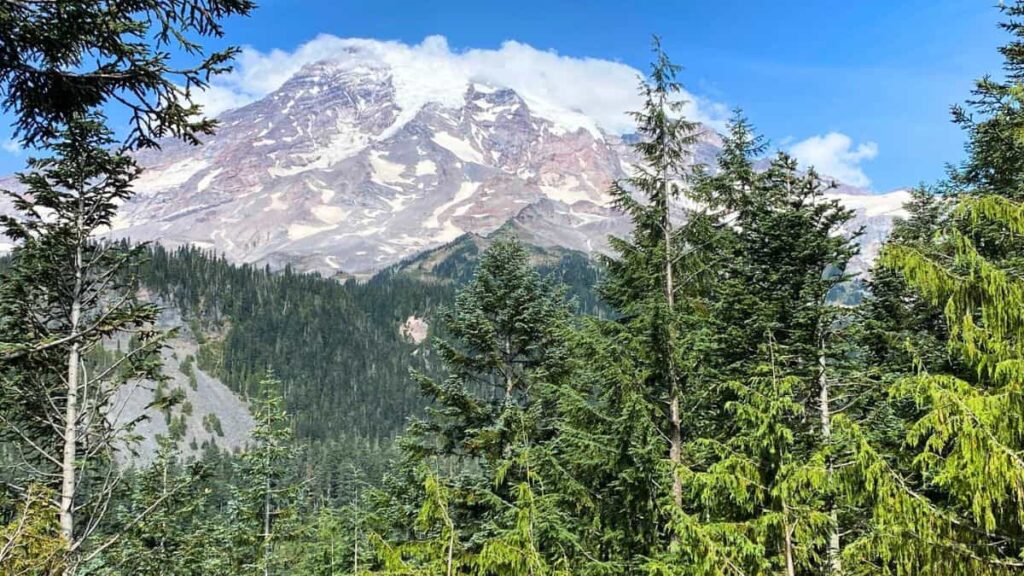
4. Mount Rainier National Park, Washington
Mount Rainier National Park witnessed 69 deaths from 2007 to 2023. In May 2023, a tragedy struck during a guided climb when Brian Harper, 41, from Bremerton, Washington, collapsed near the summit and could not be revived.
In June of the same year, Dawes Eddy, 80, from Spokane, Washington, was found deceased on the Ingraham Direct climbing route. These incidents are part of a longer history of fatalities at the park, with over 400 deaths recorded since 1897, as per National Park Service data. This underscores the inherent risks and challenges associated with climbing and outdoor activities in such rugged terrain.
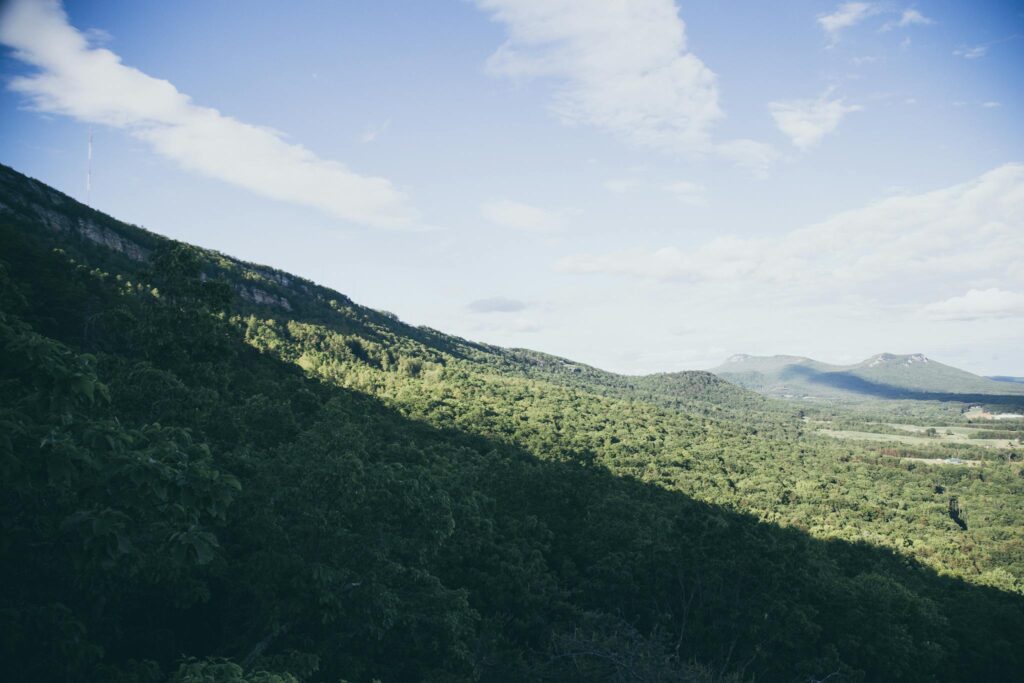
3. Great Smoky Mountains National Park, North Carolina, Tennessee
Between 2007 and 2023, Great Smoky Mountains National Park experienced 124 deaths. In April 2023, a missing person’s body was recovered near Low Gap Trail in Cosby, according to the National Park Service. The most frequent cause of death in this park has been motor vehicle crashes, highlighting the need for caution while driving in this region.
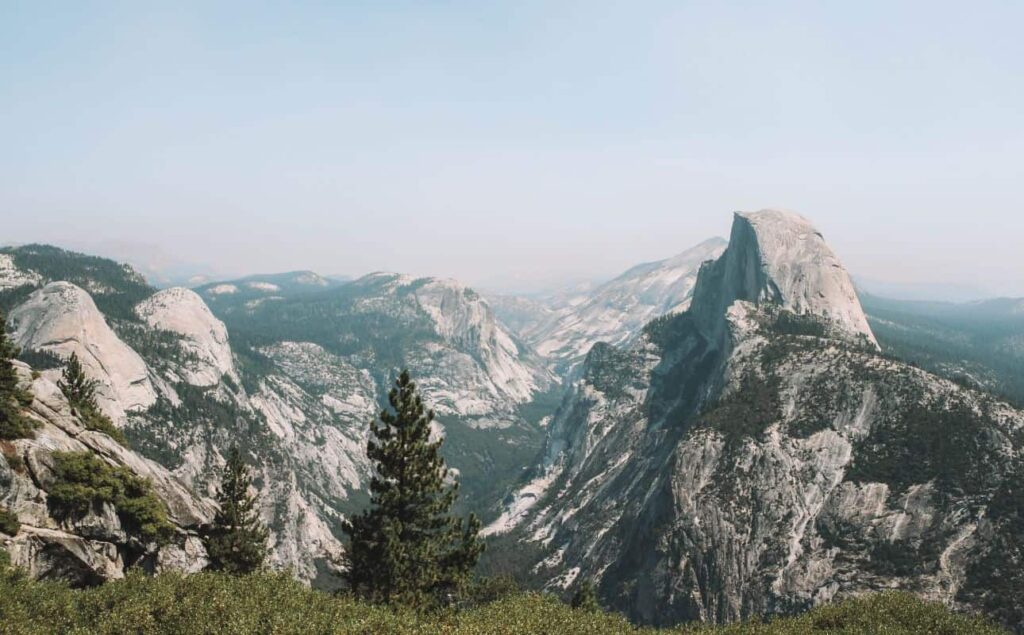
2. Yosemite National Park, California
With its stunning half-dome and its world-famous valley, Yosemite is one of the most under-rated national parks in the USA. Even just one day in the park can change your life for the better.
But it can also change it for the worse. Yosemite National Park saw 163 deaths between 2007 and 2023. Since its establishment in 1890, the park has witnessed approximately 1,300 deaths. On average, Yosemite experiences 12 to 15 deaths annually. The three most common causes of death are slips/falls, natural causes, and drowning.
A notable incident in March 2022 at Lake Yosemite involved two 23-year-olds from Merced. Despite rescue efforts and CPR, both men tragically drowned, highlighting the risks associated with water activities in the park.
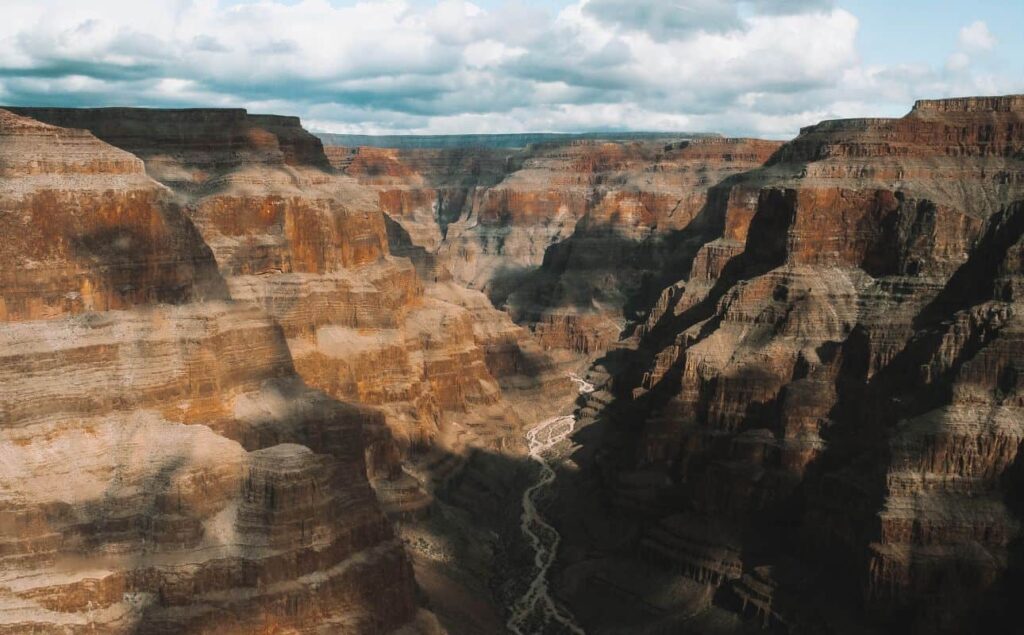
1. Grand Canyon National Park, Arizona
And the big winner is Grand Canyon National Park! From 2007 to 2023, Grand Canyon National Park recorded 165 deaths. A significant case in 2023 involved a 57-year-old hiker who passed away in a remote area of the park, with heat being the cause of death. This incident underscores the harsh and potentially dangerous conditions hikers can face in the park’s challenging environment.
Causes of Deaths in National Parks
Understanding the causes of deaths in national parks is crucial for both park management and visitors, as it helps in implementing preventive measures and raising awareness about potential dangers. Since 2007, there has been a consistent trend in the leading causes of unintentional deaths in these natural settings.
Drowning tops the list as the most common cause of death in US national parks. Water bodies in national parks, whether they are rivers, lakes, or ocean fronts, can be unpredictable and treacherous. Factors like strong currents, sudden changes in depth, and cold water temperatures contribute to the risk of drowning. Even experienced swimmers can find themselves in perilous situations due to these unforeseen conditions.
Motor vehicle crashes (MVCs) are the second leading cause of unintentional deaths. The winding, often narrow roads in many national parks, combined with varying weather conditions and wildlife crossings, increase the risk of accidents. Visitors may also be unfamiliar with the terrain, leading to higher chances of MVCs. This highlights the importance of driving cautiously and adhering to park speed limits and regulations.
Falls are another significant cause of fatalities, particularly in parks with mountainous or rugged terrain. Trails can be steep, slippery, or uneven, posing a risk for hikers, especially those who venture off established paths or who are not adequately prepared for the trail’s challenges.
Apart from these top three causes, heart attacks are also a notable cause of deaths. The physical exertion associated with hiking, especially at high altitudes or in extreme temperatures, can be taxing even for those in good health. This underscores the importance of understanding one’s physical limits and being mindful of health conditions when engaging in strenuous activities.
Intentional deaths also occur in national parks. The isolation and accessibility of these natural areas can unfortunately make them locations for such tragic events.
Wildlife attacks, though relatively rare, are also a cause of fatalities. These incidents often result from visitors getting too close to wildlife or not properly storing food and scented items.
Lastly, nature elements such as avalanches, landslides, and strong currents contribute to the death toll in national parks. These natural events are unpredictable and can occur with little to no warning, emphasizing the importance of being aware of the environment and weather conditions, and heeding park advisories and closures.
In summary, while national parks offer incredible experiences and beauty, they also present a range of hazards. Awareness and preparedness are key to ensuring a safe and enjoyable visit. This information, sourced from the National Park Service’s mortality dashboard, highlights the importance of respecting nature’s power and being vigilant about personal safety while enjoying these national treasures.
More Like This
We are Mary and Eric, the founders of Be Right Back, a blog dedicated to romance around the globe and at home.
We are Mary and Eric, the founders of Be Right Back, a blog dedicated to romance around the globe and at home. With over 10 years of experience in dating and traveling to romantic places, we share our favorite date ideas and romantic destinations to help couples level up their relationships. Having lived in and traveled through the USA, we also share our favourite things to do in the States.
With 70,000 monthly readers and 16,000 followers on social media, Be Right Back is your go-to resource for romantic trip ideas and couple activities at home and abroad.
